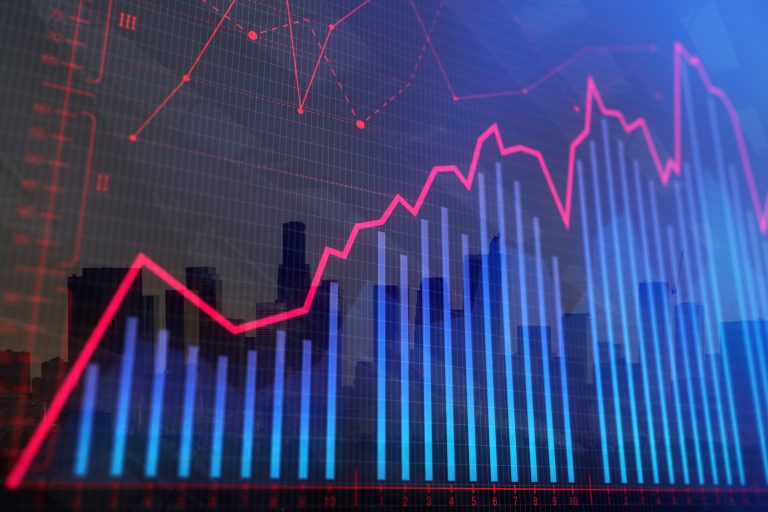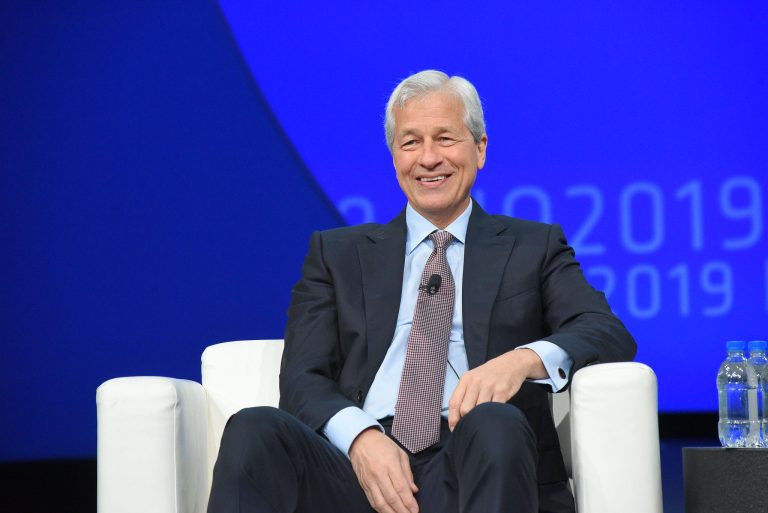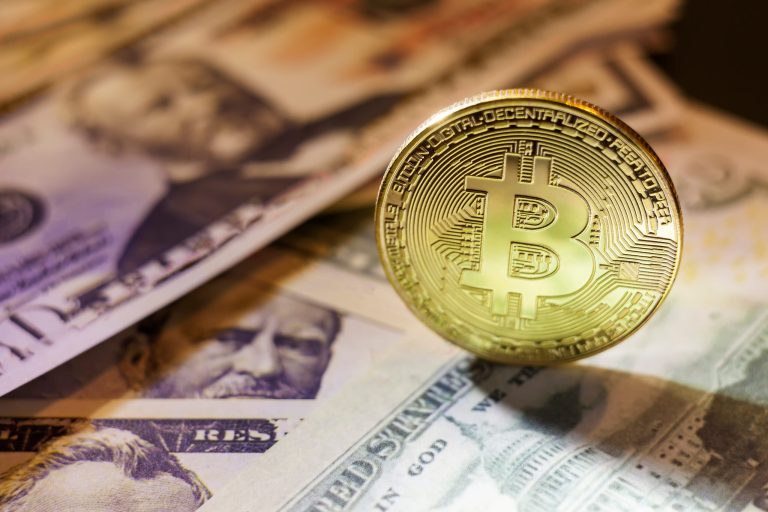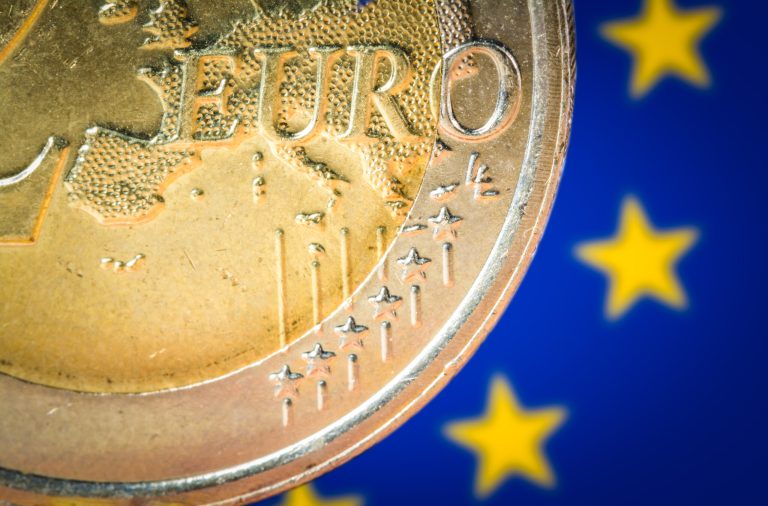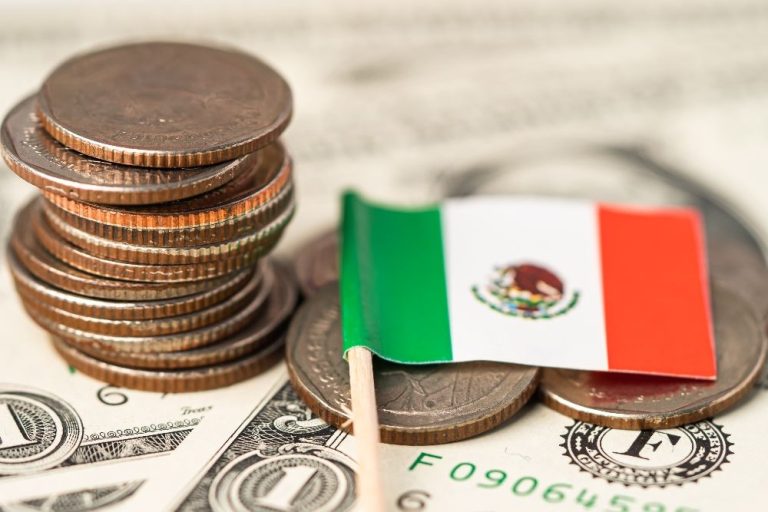Li Auto (NYSE: LI) stock price has staged a strong recovery in the past few days, joining other Chinese EV companies like Xpeng and Nio. It has risen in the last three consecutive days, reaching a high of $24.75, its highest point since May 13, and 41% above the current level.
China stimulus hopes
Li Auto and other Chinese companies like PDD Holdings and Alibaba surged this week after Beijing committed to offering more economic stimulus.
The current stimulus came in the form of a drop in bank reserve ratios or cash that these companies should have in their balance sheets. By adjusting that figure, the Peoples Bank of China (PBoC) hopes that it will unlock over $125 billion, which will be used for lending.
The bank hopes that more lending to consumers, at a time when interest rates are already low, will help the country achieve its 5% growth target of the year.
However, analysts caution that the stimulus will not have a big impact on the Chinese economy since most people are focusing on debt reduction. Besides, home prices have continued falling this year, a notable thing since most people in China have invested huge sums of money in the industry.
Li Auto and other companies like Nio, Xpeng also jumped as investors anticipated more auto spending in the next few years.
Li Auto is a strong EV brand
China has emerged as the biggest EV market globally. Many people in the country are buying EVs from companies like Nio, BYD, and Li Auto. Also, it is estimated that there are now over 100 EVs in the country.
The challenge, however, is that the EV industry has become crowded at a time when demand in the country is easing. As a result, many firms have been forced to slash vehicle prices to stay competitive.
Li Auto is one of the fastest-growing EV brand in the country. The firm sells numerous vehicles, including Li MEGA, Li L9, Li L8, Li L7, and Li L6. Most of these vehicles are SUVs, which have become highly popular in China and other countries.
Li’s growth has been strong in the past few years. Its annual revenue jumped from just $40 million in 2019 to over $17.4 billion last year even as competition rose.
This happened as the company grew its deliveries from about 1,000 in 2019 to over 208k last year, and the management believes that there is room for more growth as it adds more vehicle brands.
The most recent monthly delivery figures showed that Li Auto delivered 48,122 vehicles in August, a 37.8% increase from the same period in 2023. It has now delivered over 921k vehicles.
Growth concerns remain
The Li Auto stock has dropped by almost 50% from its highest level this year because investors are increasingly concerned about its revenue growth and profitability growth.
That’s because the Chinese market has become highly saturated, with firms like BYD, Tesla, and Xpeng producing thousands of vehicles per month.
These growth concerns are real. However, Li Auto believes that there is still room for growth, especially in the international market.
In the future, the firm hopes to expand its sales to Europe, Latin America, Southeast Asia, and the Middle East.
Analysts believe that there is demand for these vehicles in these areas, especially in Europe, which has the infrastructure to support EVs. Many consumers will buy these vehicles because of their technology and low costs, even with tariffs.
Li Auto’s financial results
The most recent financial results showed that Li Auto’s revenue came in at $4.2 billion in the second quarter, a 8.4% increase from the same period in 2023. Its vehicle margins dropped from 19.3% to 18.7%, which explains why its stock dropped sharply after its earnings.
Still, analysts believe that Li Auto has more room to grow. Its annual revenue this year is expected to come in at $20.48 billion, a 17.3% increase from last year. They also see revenue growing to $26.5 billion next year when its earnings per share will get to $1.15.
Li Auto stock price analysis
The daily chart shows that Li Auto shares formed a double-bottom chart pattern at $17.74. In price action analysis, this is one of the most bullish signs. Most notably, it has jumped above the neckline at $22, meaning that bulls are now in the driver’s seat.
The company has also jumped above the 50-day Exponential Moving Average (EMA) while the MACD indicator has crossed the neutral point.
Therefore, the path of the least resistance for the stock is bullish, with the next point to watch being at $30, its highest point in March this year. If this happens, it will likely rise by about 20% from the current level.
The post Li Auto stock: Tesla and Nio rival could enter beast mode soon appeared first on Invezz





